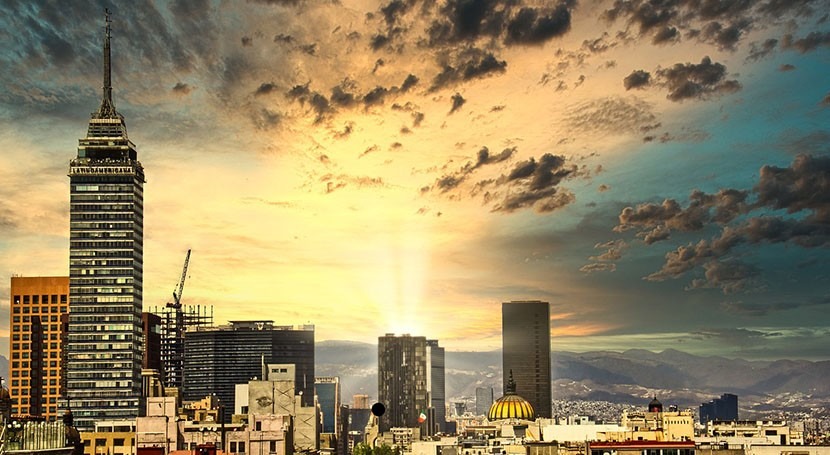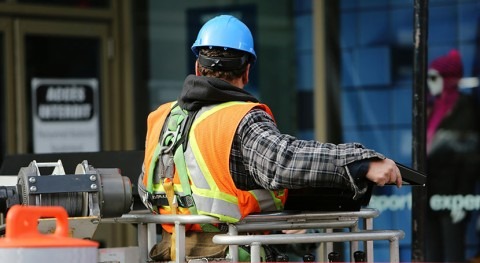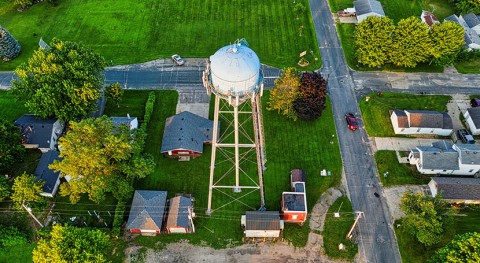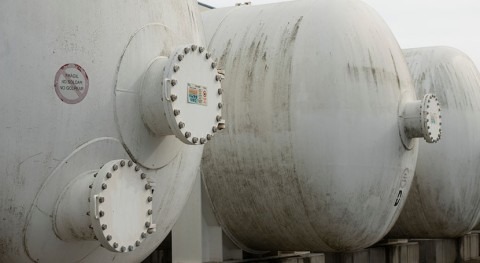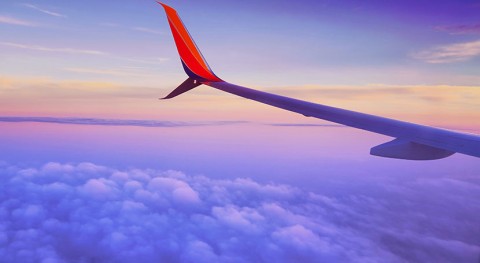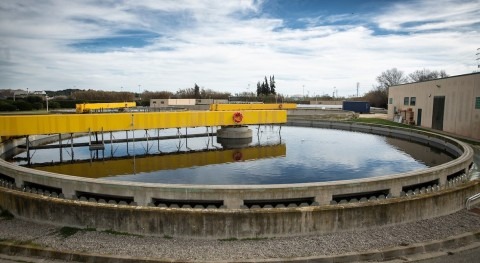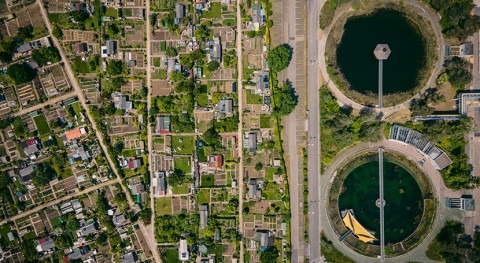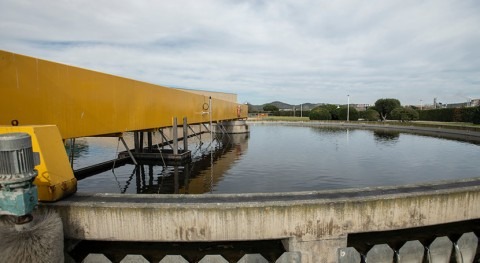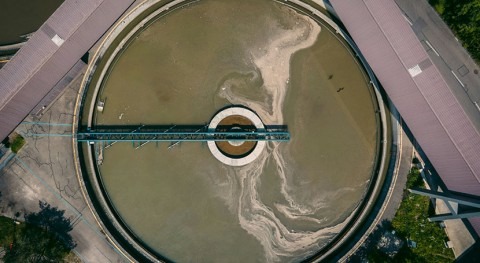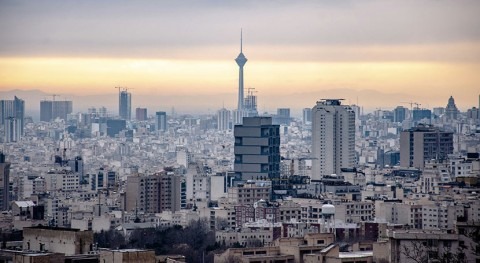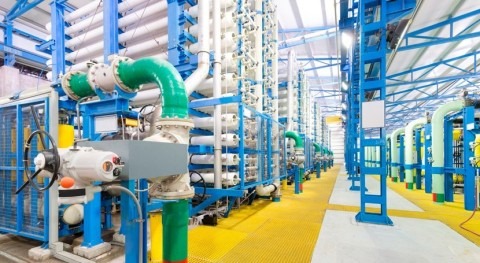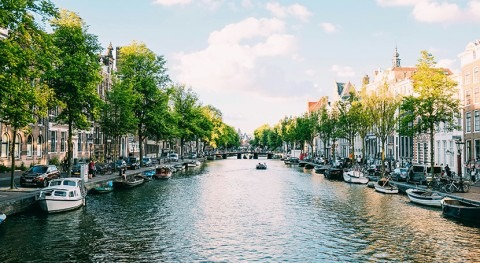Rainwater harvesting systems are being used as an alternative source of water in Mexico City, informs Bloomberg. A company has found an opportunity in the city’s troubled water supply and is implementing this technique as a way to complement municipal water services.
Mexico City is located in the Valley of Mexico, on the basin of ancient Lake Texcoco, drained starting in the 17th century. The metropolitan area, home to 22 million people, sits on soft lake sediment, and much of its water supply comes from a groundwater aquifer beneath the city. The city also imports water from sources outside the Valley of Mexico at a high cost. Groundwater overdraft has been blamed for the city’s sinking, which amounts to as much as 50 centimetres (20 inches) per year. Last year, a study found, however, that subsidence is due to the compacting of the ancient lake bed, and not related to groundwater pumping rates. The projections of researchers are gloomy, as subsidence is considered irreversible, and will continue for another 150 years. The compaction leads to fractures that damage buildings, gas and water lines, and also allows the downward flow of polluted water into the aquifer.
It is in this context that Enrique Lomnitz founded what is now called Isla Urbana, implementing rainwater collection systems in a region with abundant rainfall much of the year. It started as a non-profit and has now expanded with a for-profit business. So far 30,000 systems have been installed in about 20 Mexican states, and the group aims to have 100,000 five years from now. The company has agreements with three cities to install subsidised systems.
The collection systems divert the first minutes of rainfall, which is often dirtier, and then let the water flow through a filter and finally into a storage tank that has been designed to maintain clean water at the top. The water can be used for household chores, and with further filtration and chlorination, can be used for drinking.
Although some critics note that rainwater harvesting at the household level is a band-aid solution, Lomnitz claims their systems cannot meet all the water needs in a city, but can help ease the pressure on water services. Adrián Pedrozo Acuña, director of the Mexican Institute of Water Technology, thinks Isla Urbana’s household rainwater collection systems are an example of a shift from large infrastructure to a localised approach: “Rainwater capture is one option of many that are part of creating a solution”.


